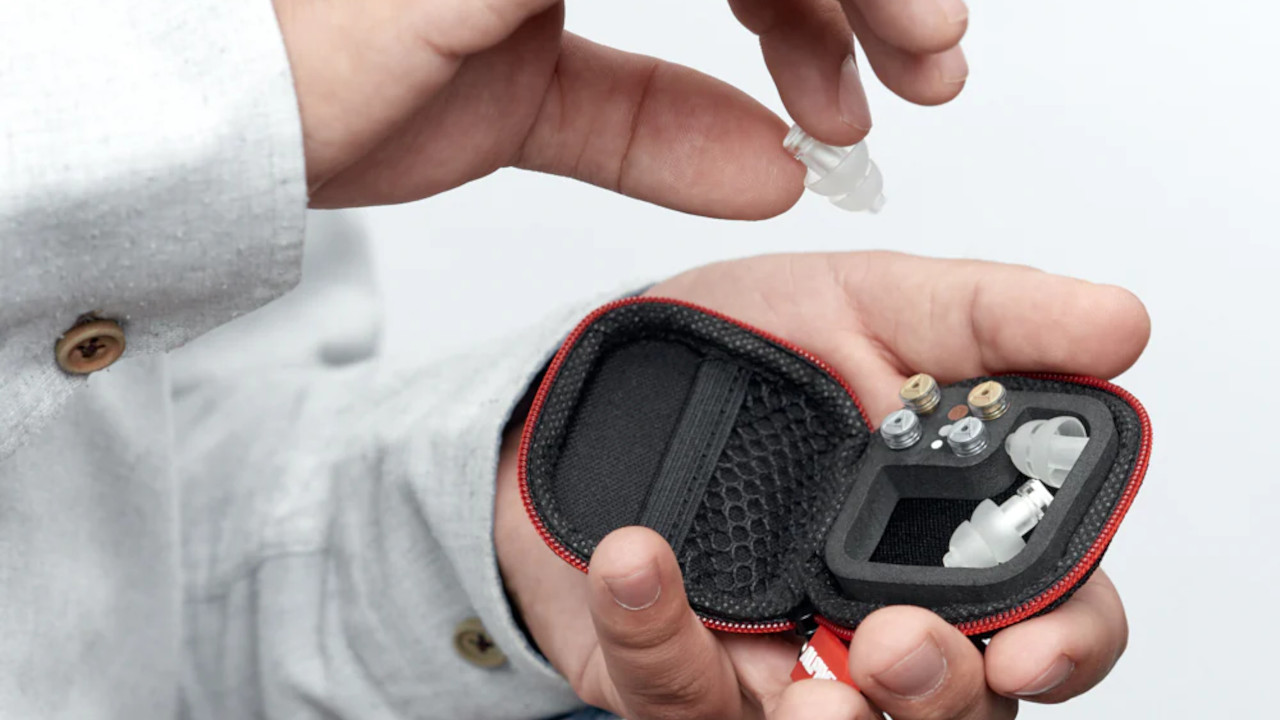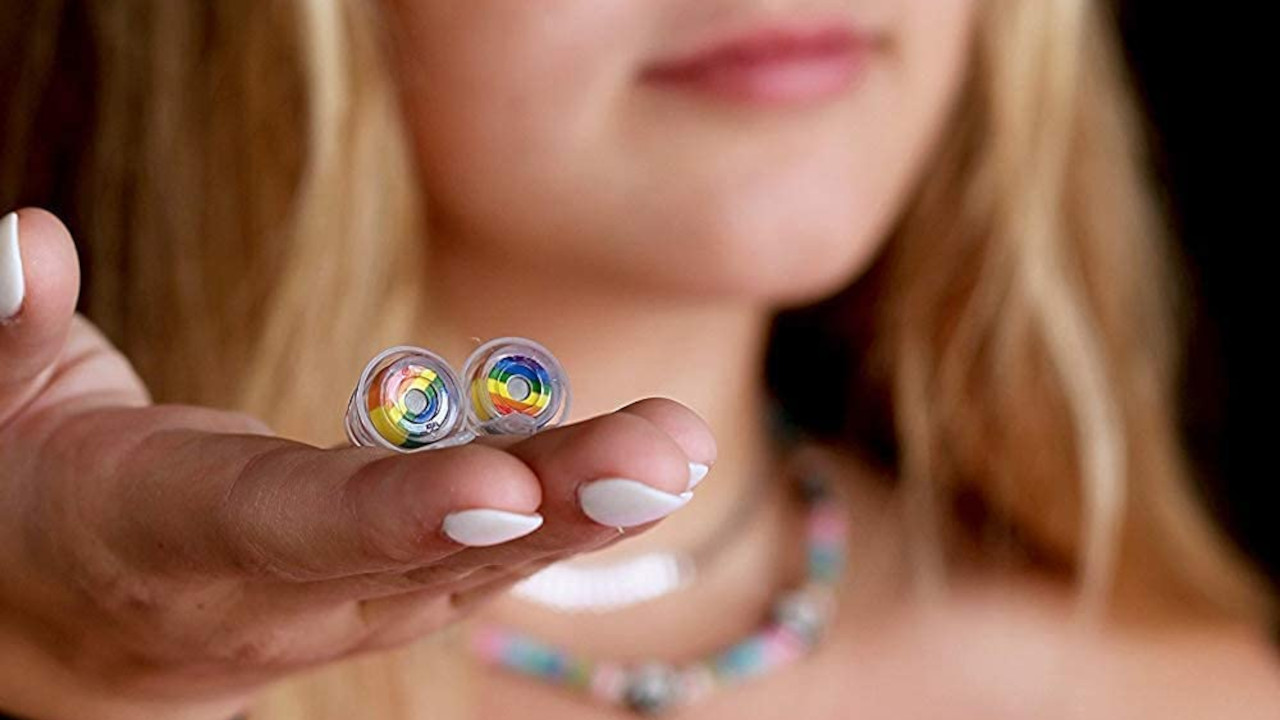How often should you replace your earplugs?
Protecting our hearing when attending live music events with a set of earplugs is paramount, but how often should we swap them out?

Now more than ever, music fans are paying more attention to the most important tools in our arsenal. We’re not talking about anything that produces sound itself - quite the opposite. We’re talking about our ears or, more precisely, the gift they grant us. By protecting our ears and hearing using the best earplugs for concerts, we can give ourselves the best chance of being able to enjoy the gift of music across a lifetime.
But what happens when they break? How often should we be looking to replace our earplugs, even if we've been diligently cleaning our earbuds? In my guide, I'll break down some of the facts, including a look at the different types of earplugs, the situations in which they excel, and what to do when they inevitably start to degrade.
Are all earplugs the same?
Taking things back to basics, earplugs are simple devices which serve one purpose; to attenuate or restrict the volume of a sound source that reaches our ear drums. The inner workings of our ears are pretty robust but can, over time, be damaged if they're constantly subjected to loud noises. Earplugs work by forming a protective barrier so when the sound reaches our ear drum, it's reduced to a level which is deemed much safer.
Earplugs come in a variety of shapes and sizes, offer varying degrees of noise protection, and are made from a variety of different materials and include everything from disposable foam earplugs - which should only be used in a pinch - to custom-moulded earplugs which are unique to the shape of our ears.
I've found that silicone options are common and well regarded as these tend to be reusable unlike their foam counterparts and can also be cleaned. Some higher-end earplug models now come complete with filtering systems which allow us to choose the level of sound attenuation we need for a specific situation.

Can anything go wrong with earbuds?
As passive devices that contain no electronics or moving parts, you’d be forgiven for thinking there’s very little that could go wrong with a set of earplugs. However that's not the case, especially if we're using our earplugs a lot or don’t look after them especially well. Yes, that means not cleaning the wax off them after a show.
When they do start to falter, we can expect to notice a few issues. Chief among them will be reduced levels of noise and sound attenuation. As the materials used in their construction begin to wear out, so too does their ability to protect our hearing. You may also begin to notice their fit, once snug and comfortable, begins to lose integrity and you spend more time re-seating them than you’d like.
In a worst case scenario, they can actually contribute to an acceleration in hearing loss. This is because sound waves can make their way past the protection and become trapped in the space vacated behind the plug. This can damage the small hair cells in the inner ear, making the whole thing inflamed and reducing our ability to hear.
There’s no fixed timeframe in which a set of earplugs can go wrong. Variables include the amount of times they’re used, the way we store them when not in use, how well looked after they are and the type of material used in their construction. I check my earplugs regularly - well before any gig I have coming up in case I need to grab a new pair. The look of the earplugs themselves will be your first indication of anything that might be wrong: Are there small chunks of foam missing? Is the silicone discoloured or changed shape? If so, buy yourself a new pair.
What can I do to protect my earplugs
The simple answer is to replace our earplugs when they begin to fail. Seriously, it’s just not worth the risk. Unless you’ve gone for the custom-fit, high-end expensive models which are the tools of the trade for top musicians, the chances are the earplugs you’ve got didn’t cost the earth. You can consider the cost of replacement as an investment in your long-term ability to hear properly.
What I would advise is to think about the longer-term picture. If you’ve been using cheap foam earplugs, you should know that the materials in them mean they cannot be recycled, and therefore often end up clogging up landfill sites - and should only be used once.
Silicone, on the other hand, may cost a tiny bit more up front, but they last longer, can be used multiple times, are easy to clean and can usually be recycled when they do reach the end of their gig-going life.
Another way to extend the life of your earplugs is to give them a proper clean. Again, silicone has the advantage here because a quick wipe with warm soapy water is all it takes to get the worst of the gunk off them. You can use cotton buds to get into the nooks and crannies of some of the more complex shapes. Be sure to leave them to dry before they go back in their case.

Advice from Tinnitus UK
We'll leave the last word to the team at Tinnitus UK who have practical information about protecting your hearing through their on-going Plug 'Em campaign.
Tinnitus UK say: "Exposure to loud noise can damage your ears and give you tinnitus. But just like you protect your eyes with sunglasses, you can protect your ears with ear plugs.
"We want everyone going to gigs, riding motorbikes, using power tools, going to festivals, working in loud environments, out clubbing, doing DIY or in any situation where noise can rise to a potentially harmful level to wear earplugs.
"Protecting your hearing is very important. Once the damage has been done, it cannot be repaired, only managed. Being aware of the problems that loud noise can cause, and the steps you can take to protect yourself, is vital.
"We want to remove the stigma of earplugs and show that they don’t have to reduce sound quality, be uncomfortable or bright yellow! "
The latest news, features and interviews direct to your inbox, from the global home of alternative music.
Related content
- "No live event is more important than your hearing."
- Living with tinnitus: "We all love music – why would we want to lose that?"
- Help Musicians offer support to artists over "rising issue" of hearing loss
- 5 things to consider when investing in a pair of earplugs
- Best concert ticket sites: Don’t miss your favourite artists
- 5 reasons why it's time to start wearing earplugs at gigs
- Loudness explained: Volume and decibel levels defined for live music fans
Chris Corfield is a journalist with over 12 years of experience writing for some of the music world's biggest brands including Orange Amplification, MusicRadar, Guitar World Total Guitar and Dawsons Music. Chris loves getting nerdy about everything from guitar gear and synths, to microphones and music production hardware.

